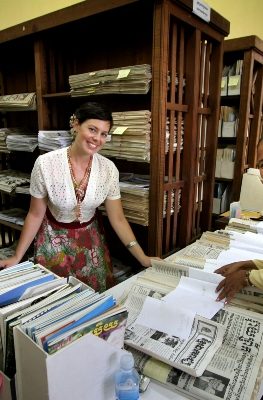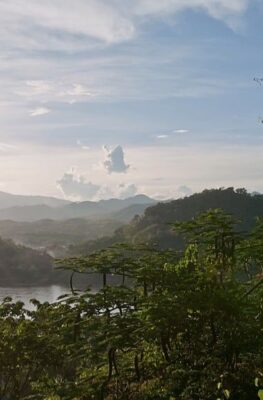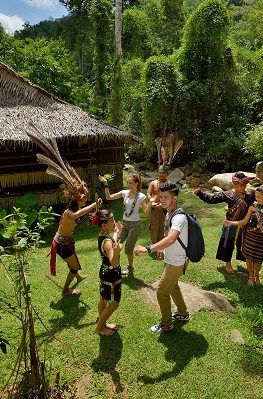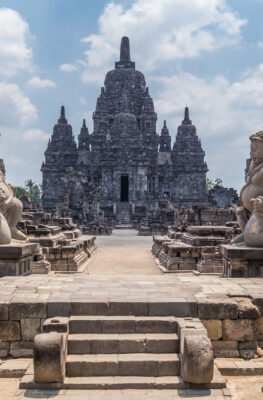Published on August 28, 2015
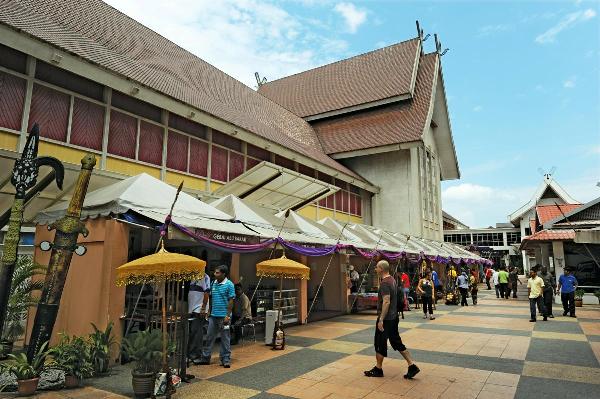
No two countries in Southeast Asia share the same exact origin story, and each country bears a narrative unique to itself. True, there are broad similarities: a noble past, colonial subjugation, and a successful independence struggle whose ideals live on to the present day. But these themes vary in intensity, color and direction as you hop from one country to the next.
Raring to hear these stories? Almost every capital city offers a National Museum that will reveal the narrative to you in detail. Using relics, artistic depictions and first-person accounts, these museums will not only explain the story behind the nation, they’ll make you feel like part of the story, too.
Singapore. Southeast Asia’s tiny powerhouse has a wealth of history behind it, and much of it can be seen in this Neo-Palladian-style building that dates back to the 1880s. The Singapore National Museum literally guards the country’s top historical treasures, with eleven of them housed permanently on site (these include the oldest daguerreotype photograph of Singapore, portraits of two Singapore governors, and a jeweled ceremonial mace).
Like the signature treasures, the rest of Museum’s exhibits paint a multifaceted picture of Singapore’s evolving national identity: the exhibit halls host a revolving repertoire ranging from traditional puppets to photo displays to historical artifacts. Art-themed performances are also held on the Museum’s grounds, including the spectacular Night Festival.
Malaysia. Malaysia’s treasure house for its history stands next to Kuala Lumpur’s Perdana Lake Gardens in a Minangkabau-inspired palace building. The Muzium Negara is actually the second museum to stand on this site; the original Selangor Museum burned down in the aftermath of World War II. Today, the Muzium Negara improves on its predecessor with four major galleries that explore Malaysia’s history and culture.
The history trip in the museum starts with Malaysia’s prehistoric roots, continuing to the rise of the Islamic Kingdoms and their conflicts with European colonial powers, and ending with an exhibit that celebrates Malaysia’s independence. The museum grounds also contain cultural treasures like Sarawak burial poles and a replica of a Malay palace.
Indonesia. Located west of the Monas on Merdeka Square in Central Jakarta, the Museum Nasional houses over 109,000 historical relics in a neo-classical structure that dates back to the 1860s. The building derives its nickname (“Gedung Gajah”, or Elephant Building) from a bronze elephant standing in the forecourt, a gift of Thailand’s King Chulalungkorn in 1871.
A newer wing, built in 2007 and named “Gedung Arca” (Statue Building), increases the exhibition space commensurate to the museum’s broad overall scope, which covers the Hindu-Buddhist kingdoms of the past millennia; batiks from all over the Indonesian archipelago; gold and jewelry from long lost Indonesian civilizations; and the mysterious human precursors discovered across Java and the Flores islands.
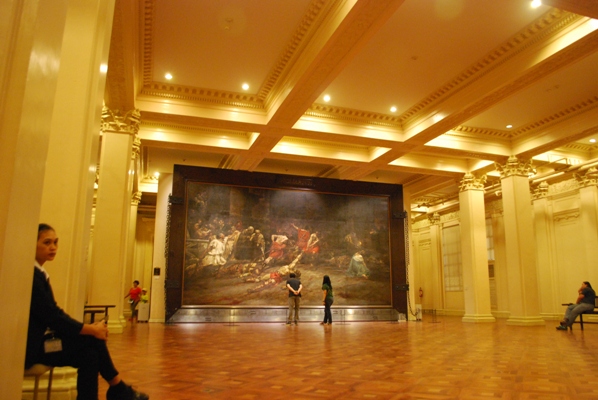
Philippines. Two neighboring buildings in Manila house the Philippines’ most treasured cultural relics. The former Legislative Building on the north side of Financial Drive now houses the National Art Gallery, while the former Department of Finance Building on the southern side houses the Museum of the Filipino People.
The first building contains priceless artwork from the Philippines’ Spanish colonial period onward, representing the evolution of Filipino art from Catholic “santo” images to oeuvres that explore themes of independence, war, and love. The piece de resistance is the four-metre-high Spoliarium oil painting created by Juan Luna in 1884.
The second building houses the museum’s anthropology and archaeology collections, including skullcaps dug up from prehistoric human communities; tribal attire, musical instruments and weapons; and an expansive exhibition featuring relics rescued from a Spanish-era shipwreck.
Brunei. The hill of Kota Batu in Bandar Seri Begawan was the site of a stone fort built by the 14th century Brunei Sultan Sharif; it’s only appropriate that a museum devoted to Brunei’s history and culture now stands on this spot. The Brunei Museum now contains five galleries covering the surprisingly broad scope of this compact nation’s history and aspirations.
Highlights include a Traditional Culture Gallery that casts a loving spotlight on Brunei’s cultural influence on the rest of the region, and an Oil and Gas Gallery that explore’s Brunei’s key export. The former displays artifacts like traditional Brunei musical instruments and the dragon-mouthed cannon called bedil; the latter explores Brunei’s petroleum industry in loving detail.
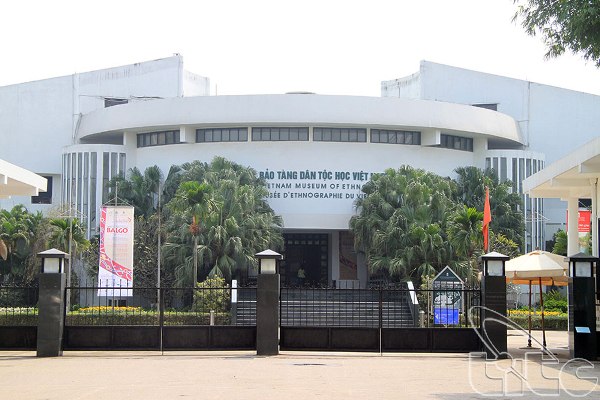
Viet Nam. 54 separate ethnic groups share Vietnam between themselves, and each get a spotlight at the Viet Nam Museum of Ethnology in Ha Noi. Their individual cultures’ daily lives, rituals and festivals come to life with the aid of over 10,000 objects, 15,000 photos and hours and hours of interactive media.
On the museum grounds, a number of ethnic houses have been skillfully recreated, serving as settings for visitors to look at native handicrafts and clothing – all combined to create a colorfully lively patchwork portrait of Vietnamese culture.
Laos‘ national museum stands in the former French Governor’s mansion in Phnom Penh, a rather appropriate site for a monument to Laos’ colonial history and revolutionary present. Over 8,000 artifacts in the two-storey structure cover the breadth of Laos’ archaeology, history, and present-day people.
The ground floor covers Laos history and culture, including dinosaur bones, Khmer statuary, and one jar rescued from the Plain of Jars in Savannakhet. The second storey moves into the modern age, with displays that tell the story of Laos’ struggle for self-determination.
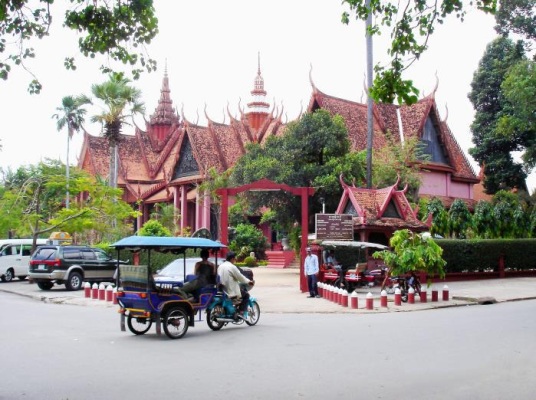
Cambodia. Immediately north of the Royal Palace in Phnom Penh stands Cambodia’s National Museum, the country’s repository for valuable Khmer ceramics, wood carvings, silverware, and jewelry. The Museum covers Cambodia’s vast history, from pre-Angkorian relics dating back to the fourth century A.D. to post-Angkorian valuables dating back as early as the 14th century. The museum itself, despite its Khmer traditional design, is only a century old, having been built by the French in 1917.



